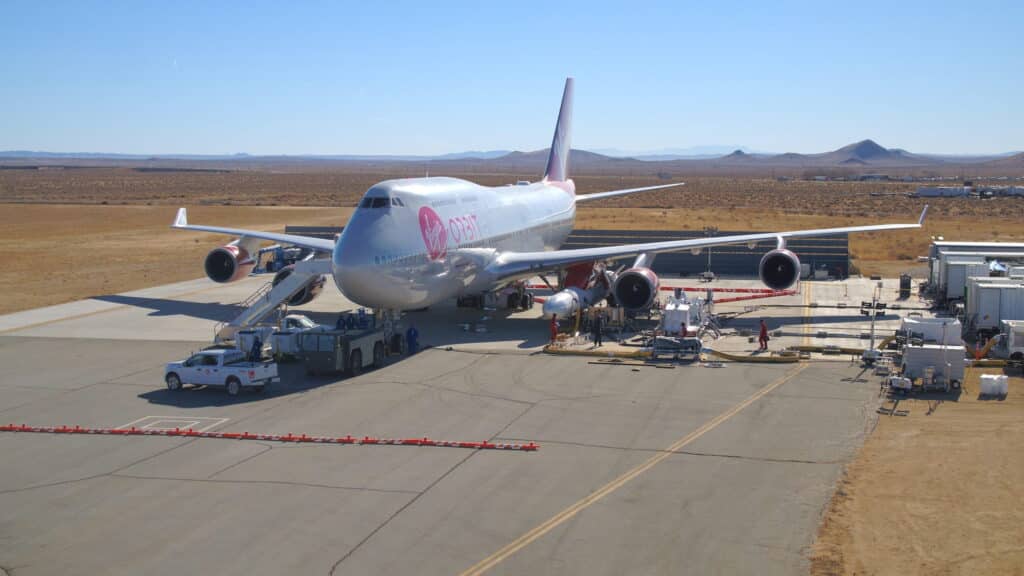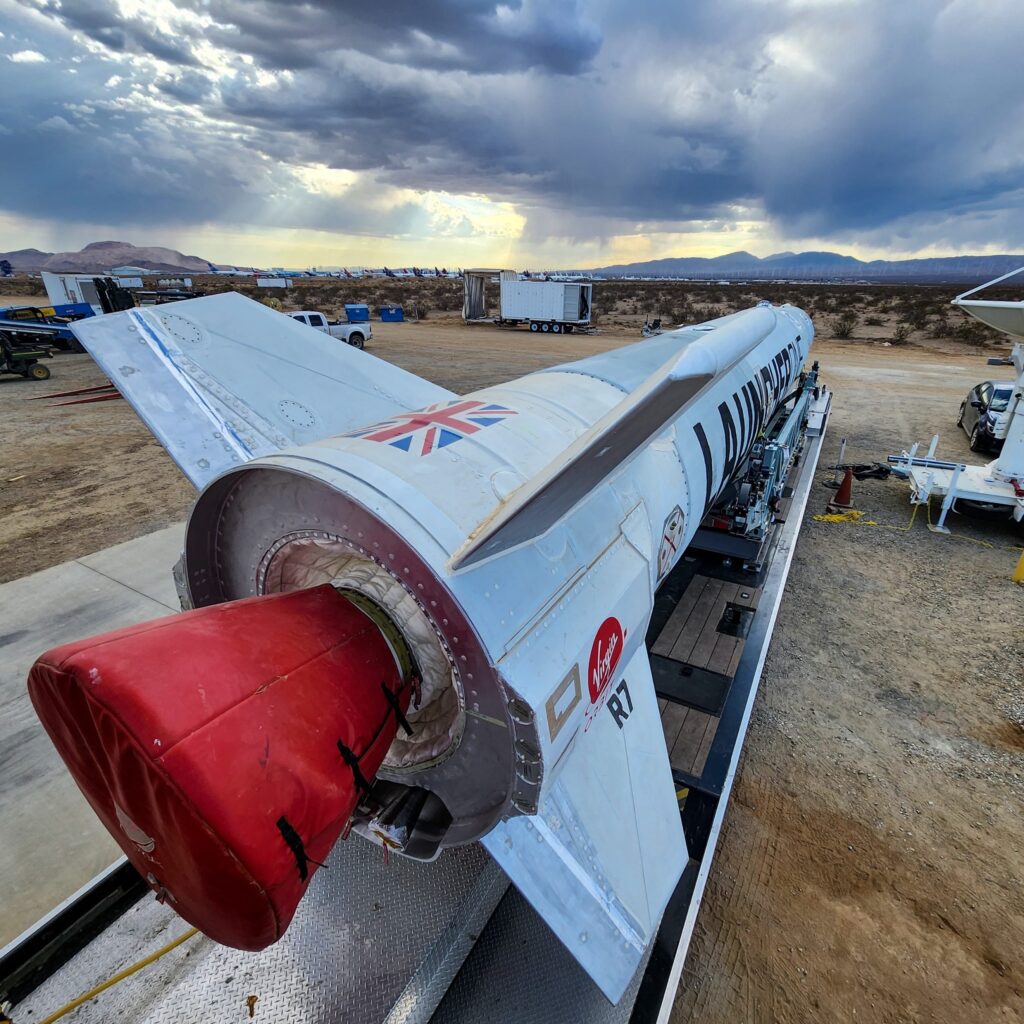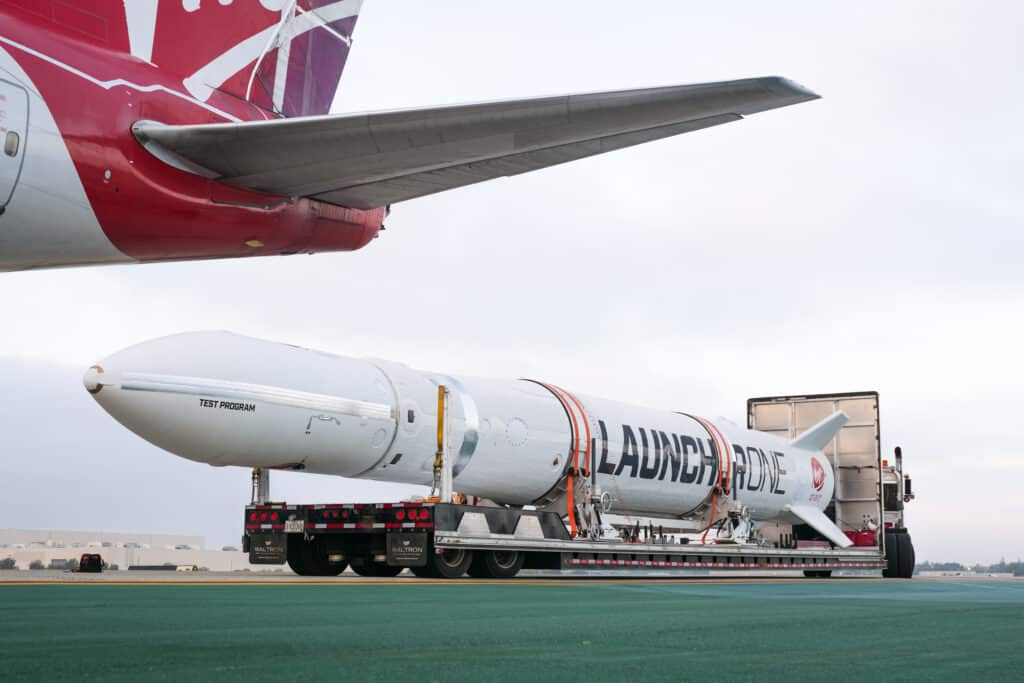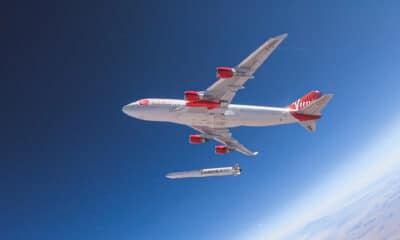Aerospace
Virgin Orbit wants to be the ‘Uber for satellites’. Its cost-effectiveness is explained.
Virgin Orbit put the satellite in Space Orbit for an affordable price. The new Uber business in the space.
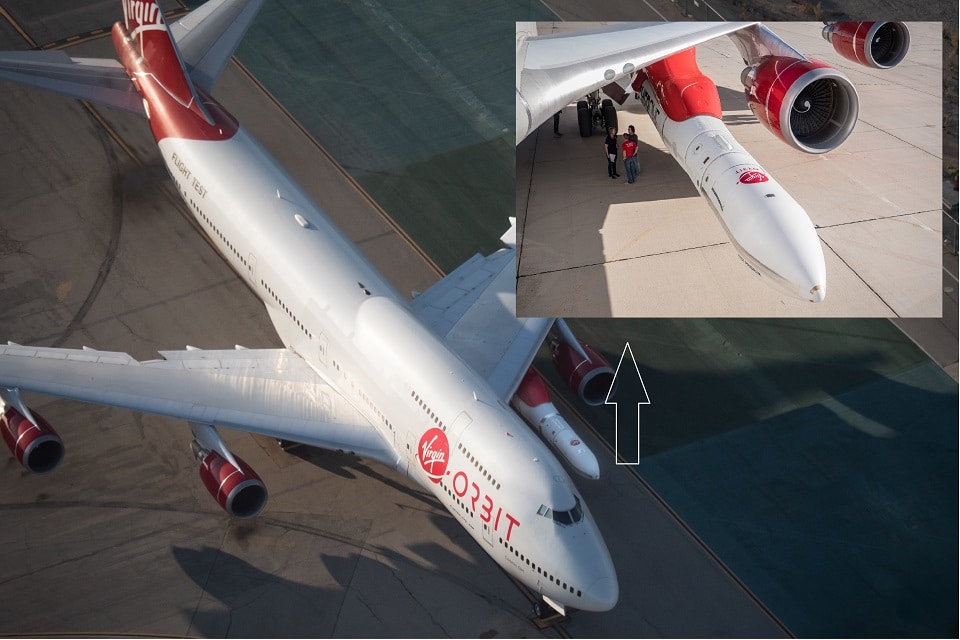
The space market is a unique market because so few businesses and organizations are engaged in it. In the past, only government-funded organizations such as NASA from the USA, Russia, India, and China—among many others—were used to send satellites into orbit. Obtaining approval to send satellites through such organizations, which also included receiving geopolitical recommendations, took a fair amount of time. however, private firms have started to enter the industry during the past ten years, like Elon Musk’s SpaceX initiative. It is currently one of the most popular space launch services. However, the same Virgin corporation is also active in the space industry as they launch satellites and rockets using Boeing 747 jumbo jets. which would be a quicker technique for starting a small version satellite.
Meet the world’s first Space Tourists to fly around the Moon(Opens in a new browser tab)
One of Virgin’s two main programs is Virgin Galactic, which runs commercial flights for tourism purposes and offers orbital tours, which are very interesting to many interested tourists. in the same time and space. one more amazon follows Blue Origin One of each was established by Jeff Bezos in the year 2000. However, Virgin is also involved in the Virgin Orbit program, providing services including mid-air rocket and satellite launches.
How Does In-Flight Wi-Fi Really Work?(Opens in a new browser tab)
How does Virgin Orbit operate?
The satellite is carried by a Boeing 747 jumbo jet and launched from a platform atop some space travel. The launches will aid in the expansion of Spire Space Services, a platform that provides customers with quick and scalable access to space through a subscription model, as well as ongoing upgrades and enhancements to the company’s fully deployed satellite constellation. They serve as an example of the growing demand for small satellites. Spire will launch to a variety of orbits, from mid-inclination to polar, all from Virgin Orbit’s first spaceport in Mojave, California, taking full advantage of LauncherOne’s proven adaptability.
Airbus Beluga delivers Airbus satellite to Kennedy Space Center(Opens in a new browser tab)
A second chance for the 747
As is acknowledged, the Boeing 747 is gradually winding down from commercial flight operations due to a decline in demand as well as the need for extensive aircraft maintenance. However, it discovered a new way of life with Virgin Orbit, where it serves as a satellite launch pad. where it will be a component of the one big space mission that greatly enhances satellite networking. In the USA, GE engines are also tested on the Boeing 747. Additionally, it plays a crucial role in the testing of new engines. It can be utilized as a test bed or as a space observatory due to its four engines.
The space’s Virgin has now evolved into UBER.
Many businesses are searching for long-term viability in the market as competition increases. Space exploration is an expensive endeavor, but once you succeed, you can manage your corporation with ease. The space program has joined the private sector in order to compete with other organizations. Virgin Orbit, founded by Richard Branson, aims to become “Uber for satellites.” To launch satellites into orbit, the business uses a rocket hung beneath the wing of a jumbo jet. The business claims its delivery approach offers a significant benefit.
Virgin Orbit and Spire Global collaborate
Spire Global and Virgin Orbit previously demonstrated the flexibility of LauncherOne’s rapid call-up capabilities with the late-load of Spire’s ADLER-1 satellite on board the Above the Clouds mission from Mojave, California in January 2022—a mission that took just 22 days from the initial call-up to payload integration. Building on that achievement, the two companies are working together to provide Spire’s international clientele with speedy and adaptable launch solutions.
Spire Global, Inc. (NYSE: SPIR), a global provider of space-based data, analytics, and space services, has entered a legally binding Launch Service Agreement with the top launch provider Virgin Orbit (Nasdaq: VORB), to purchase numerous launches over a number of years, building on their shared track record for productive collaboration in responsive space. In 2023, the first launch is anticipated.
- Spire Global has committed to purchase multiple launches from Virgin Orbit, starting in 2023.
- The launches will support Spire’s growing Space Services business as well as upgrades and enhancements to the company’s fully deployed satellite constellation.
- The launches are part of Virgin Orbit’s growing launch backlog as it heads towards its first international launch later this year from the United Kingdom.
A reasonable cost for orbiting your satellite.
Spire has now been added to Virgin Orbit’s growing list of clients that want both launch site and orbital destination flexibility. Virgin Orbit is committed to offering the commercial, academic, and governmental small satellite industries flexible, inexpensive, quick launch opportunities anytime, anywhere.
Courtesy: Virgin Orbit for more information click here.

Aerospace
India is set to build a central command for the Air Traffic Control system, called ISHAN

India’s air traffic growth has led to increased responsibilities for air traffic control. The Airports Authority of India (AAI) is considering centralizing air traffic control for aircraft, dividing the country into four regions. The goal is to consolidate India’s segmented airspace into a single entity to improve air traffic management (ATM) efficiency, safety, and smoothness.
Recently, the AAI invited expressions of interest to develop a detailed project report for the Indian Single Sky Harmonized Air Traffic Management (ISHAN) initiative in Nagpur. Under this plan, air traffic controllers in Nagpur would handle domestic flights flying above 25,000 feet, eliminating the need for coordination among controllers in different regions.
For domestic regional flights operating above 25,000 feet, control would shift to the central command in Nagpur. This consolidation aims to enhance airline operations, increase flight handling capacity, and reduce congestion and flight times for passengers.
Currently, the AAI provides ATM services over Indian airspace and adjoining oceanic areas, covering over 2.8 million square nautical miles. This airspace is divided into four flight information regions (FIRs) in Delhi, Mumbai, Kolkata, and Chennai, along with a sub-FIR in Guwahati.
FIRs are responsible for providing air traffic services, including weather information, visibility, and search and rescue assistance. The proposed unification under the ISHAN initiative aligns with the projected growth of the aviation industry, which anticipates a doubling of domestic passenger traffic by 2030.
Aerospace
Does AirAsia show interest in Comac aircraft in the future?

Tony Fernandes, CEO of Capital A, operating as AirAsia Group, recently paid a visit to the facilities of COMAC on April 2, 2024, and was thoroughly impressed by what he witnessed.
C919 already securing nearly 1000 orders
COMAC, known for its homegrown aircraft, has launched two promising jets: the ARJ21 and the C919 aircraft. Both aircraft are gaining popularity in the Chinese market, with the C919 already securing nearly 1000 orders from various airlines.
Fernandes expressed his admiration for COMAC’s achievements in aircraft manufacturing, acknowledging the immense challenge it entails. His visit underscored the realization that AirAsia now has a viable third option when it comes to selecting aircraft for its fleet.
During his tour, Fernandes was delighted by the innovation and technology evident in COMAC’s aircraft production and the company’s commitment to long-term partnerships.
He noted that many Western companies have shifted away from prioritizing loyalty and customer service, opting instead for short-term gains and a narrow definition of success.
Last month, COMAC embarked on an international tour, showcasing demonstration flights to neighboring countries, particularly Indonesia and Malaysia. Fernandes believes that the positive impression left by COMAC during his visit opens up new opportunities for collaboration.
Fernandes emphasized COMAC’s remarkable achievements
The shared values of loyalty, customer service, and long-term vision align closely with AirAsia’s ethos, making collaboration with COMAC appealing. With a focus on innovation and excellence, both companies stand to benefit from a partnership grounded in trust and a shared commitment to success.
Indonesia and China have already collaborated in validating and maintaining the airworthiness of the ARJ21 aircraft, indicating a solid foundation for future partnerships.
In his statement, Fernandes emphasized COMAC’s remarkable achievements and genuine desire for long-term partnership, highlighting the absence of ego and a genuine willingness to succeed together. He marveled at COMAC’s fully automated, AI-driven factory, a testament to their dedication to innovation and efficiency.
Fernandes criticized Western firms for prioritizing short-term gains over loyalty, customer service, and long-term strategy, emphasizing the importance of understanding customers’ needs and collaborating to achieve success.
Aerospace
Indigo will soon launch Air Taxi Service in India

InterGlobe Enterprises, the parent brand of IndiGo, is set to revolutionize travel in India with its upcoming air taxi service.
Scheduled for a potential launch in 2026, this innovative venture promises a seamless journey for passengers between two bustling hubs. Delhi and Gurgaon in Haryana. The forthcoming service is projected to revolutionize the daily commute, offering passengers a swift aerial journey covering the distance in a mere 7 minutes.
This remarkable efficiency contrasts starkly with the conventional 90-minute drive, underscoring the immense time-saving potential for commuters. The anticipated fare, ranging from Rs 2,000-3,000, makes this innovative mode of transport not only swift but also remarkably competitive in pricing.
At the heart of this ambitious endeavor lies a strategic partnership with Archer Aviation, a pioneer in electric vertical takeoff and landing (eVTOL) aircraft technology. Under this collaboration, Archer will supply 200 state-of-the-art eVTOL aircraft, representing an investment of US$ 1 billion. These cutting-edge aircraft, capable of accommodating up to four passengers alongside the pilot, epitomize the future of sustainable air travel.
Powered by six battery packs, Archer’s eVTOL aircraft boast rapid charging capabilities, enabling a swift turnaround between flights. With a charging time of just 30-40 minutes, these eco-friendly aircraft ensure minimal downtime, maximizing operational efficiency.
Similar services are anticipated to be introduced by the joint venture in Bengaluru and Mumbai as well. Nevertheless, the service rollout period has not yet been made public by the company. Next year, it is anticipated to get its certification. Following this, the company will start the certification procedure with the Directorate General of Civil Aviation (DGCA).

